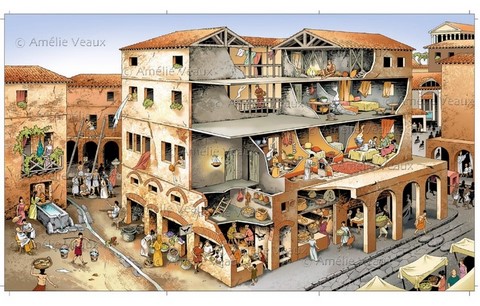2018
Sodom annihilated by meteoritic blast
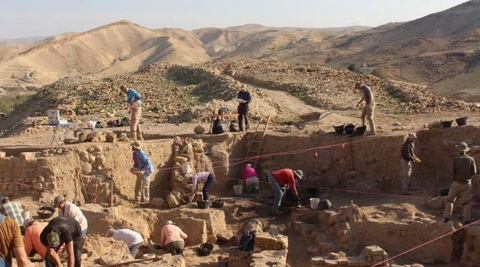
As reported in Science News, an interdisciplinary team of archaeologists and scientists are using the Siberian Tunguska explosion of 1908 which flattened 80 million trees as a model to explain the equally mysterious end to a thriving civilization that had lived for three thousand years in a plain near the Dead Sea.
Gunnar Heinsohn: The Stratigraphy of Rome - benchmark for the chronology of the First Millennium CE
How can Rome have history from 1 to 930s CE if it builds residential quarters, aqueducts, latrines, sewers, roads, ports, or even bakeries only from 1 to 230s CE?
Gunnar Heinsohn: Polish origins
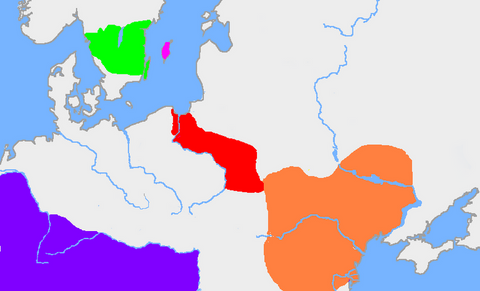
“The problem of the location of the earliest archaeological cultures which may be identified with the Slavs is one of the most controversial in Polish archaeology. Nevertheless, attention is drawn to some analogies observable in the Roman period [1st-3rd c.] and medieval pottery [8th-10th c.]”“
[Marcin Wołoszyn, Migration Period between Odra and Vistula, National Science Centre 2012, http://www.mpov.uw.edu.pl/en/thesaurus/tribes-and-peoples/slavs-].
Proxima Centauri-b, our nearest exoplanet: update

We reported in 2016 on the discovery of exoplanet Proxima Centauri-b, the exoplanet that is nearest to Earth, and the possibility that it may have an ocean and be favorable to the existence of life.
Jean-Pierre Petit's Janus model of twin universes: first validations

The prestigious journal Astrophysics and Space Science published an article validating twelve observational confirmations of Jean-Pierre Petit's cosmological model JANUS, which up to now has been strenuously ignored by the scientific community. Q-MAG.org has on several occasions presented Jean-Pierre Petit to its readers.
Attractive others - the Neanderthal-Denisova girl

The End of the World - a Summer reading

In 1894, French astronomer and scientific popularizer Camille Flammarion published his ground-breaking, early science-fiction novel, "La Fin du Monde" -eng.: Omega: The Last Days of the World. In the 25th century, a comet threatening to destroy the world brings far-reaching political changes...
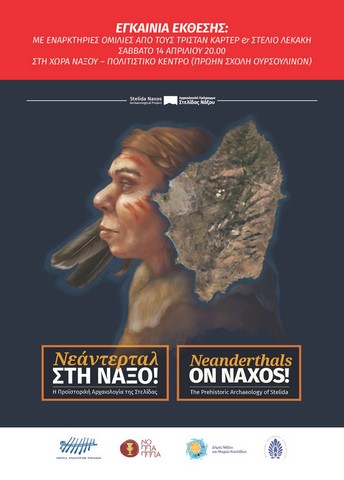
"Neanderthals on Naxos" exhibition at the Municipal Center, Naxos, 2018 (poster)
Bonus: A Diego Rivera in Naxos - Summer 2018

The "Neanderthals in Naxos" exhibition - Summer 2018
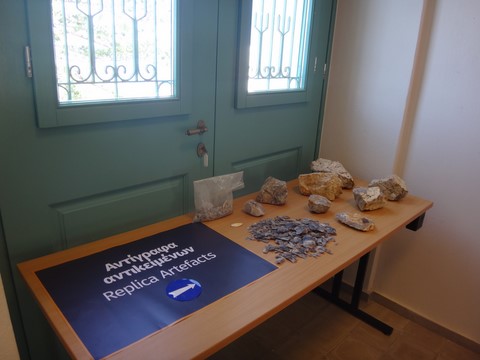
Gunnar Heinsohn: Bede's missing metropolis - London in the First Millenium AD

Beda Venerabilis (672-735 AD), in his Ecclesiastical History of the English Nation (II. 3), provided us with a description of Londinium in 604 AD: “Their metropolis is the city of London, which is situated on the banks of the aforesaid river, and is the mart of many nations resorting to it by sea and land.“ (...)
In the London area there are only two settlements that can be investigated for the description of Bede: Londinium of Imperial Antiquity (1st-3rd century AD) and Lundenwic of the Early Middle Ages (8th-10th century AD).
Alfred de Grazia's seafaring Neanderthals of Stelida, Naxos

From Science to the American School of Classical Studies, to Archaeology News, to the SIS Review, the archaeological world is abuzz with the implications of the Palaeolithic discoveries at Stelida, on the island of Naxos, Greece. The presently held conceptions about the patterns of settlement of Europe by early Man and proto-humans may well have to be drastically revised. In Alfred de Grazia's garden was discovered the earliest evidence of a human presence in any island in the Mediterranean.
Go to the article by Anne-Marie de Grazia with links to numerous articles in various languages.
A. P. David: The Shield of Achilles - remembering Homer, literally

Gunnar Heinsohn: Arabs of the 8th century - cultural imitators or original creators?
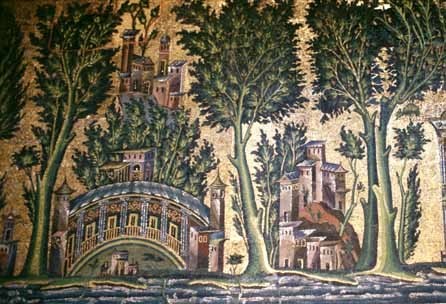
...Among Jewish acceptors of Muhammad, Rabbi Shimon bar Yochai becomes significant for the chronology of Muhammad. During Imperial Antiquity (1st-3rd c.), Shimon was active after 70 CE (after the Roman destruction of Jerusalem’s Temple), i.e. during the 1st and 2nd century. He calls Muhammad "a prophet sent to Ishmael according to God's will", in other words, a representative of the God of the Jews for Arabs. Interestingly, however, the report on Rabbi Shimon's positive assessment of Muhammad comes from the Early Middle Ages (8th-10th c.) some 700 years later...
Solaria Binaria, by Alfred de Grazia & Earl R. Milton (new edition)
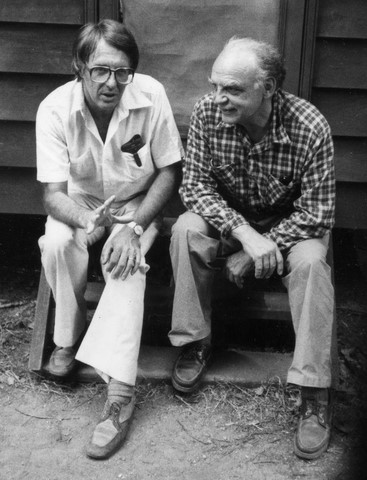
Neanderthal - the painter and installation artist
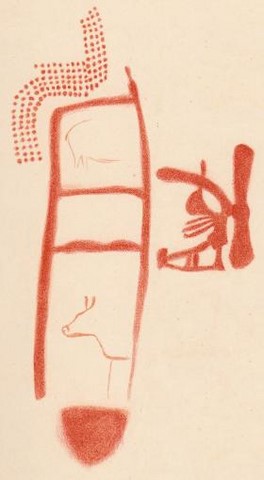
Uranium-thorium dating has recently yielded sensational and far-reaching returns in the domain of palaeontology. It has totally upset the dating of some early artifacts found in Europe, assigning their creation to the Neanderthals instead as to Homo Sapiens. Such has been the case of the cave assemblage of Bruniquel, in France, to which was assigned, in 2016, the mind-boggling age of 176,500 years...followed, only recently, to a dating to 65,000 years found for some cave paintings in Spain, ante-dating by at least 15,000 years the arrival of the first Homo Sapiens coming out of Africa...
Flavio Barbiero: Space-Time as a field of Mass
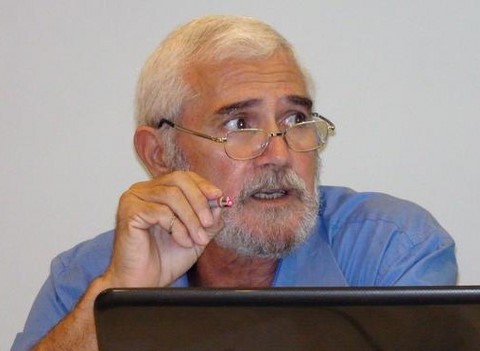
A proposal for a new model of physical reality...
Gunnar Heinsohn: Siegfried found - decoding the Nibelungen period
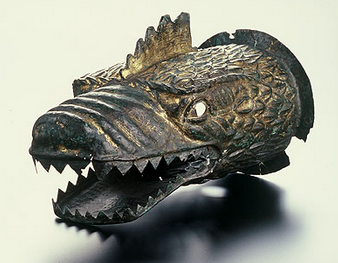
Vertical bisons - was cave-painting a form of shamanism?
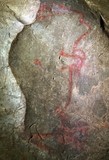
The Salon Noir & the Cave of Niaux
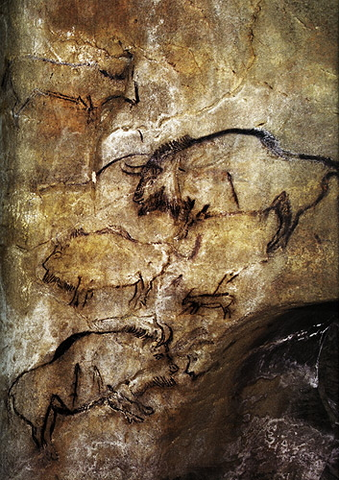
At the close of the year 2017, we took a tour to the French Pyrénées, to the département of Ariège, which boasts stunning Paleolithic sites, and visited the Magdalenian Cave of Niaux, one of the few prehistoric painted caves in France which is still accessible to the public.
Gunnar Heinsohn: The Truso Lecture
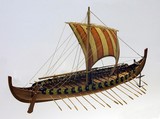
How did so many Roman elements of the 1st-3rd cent. AD make it into the 8th-10th cent. Viking age? (in Polish and English)


